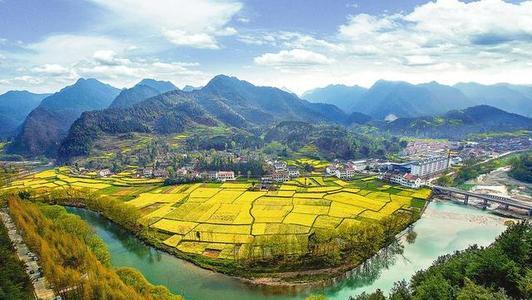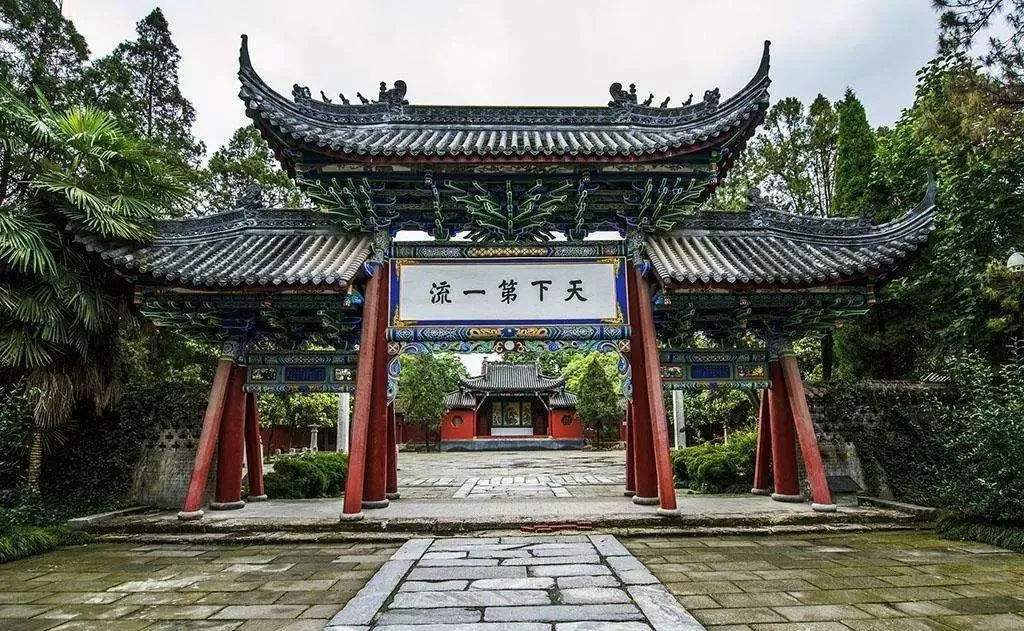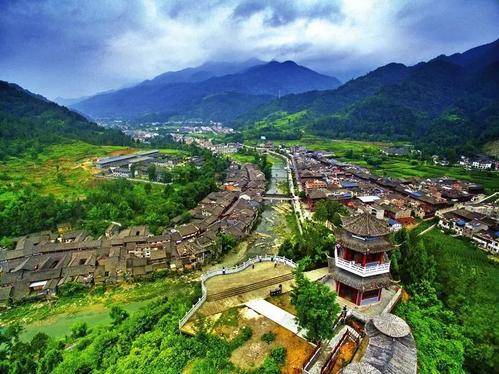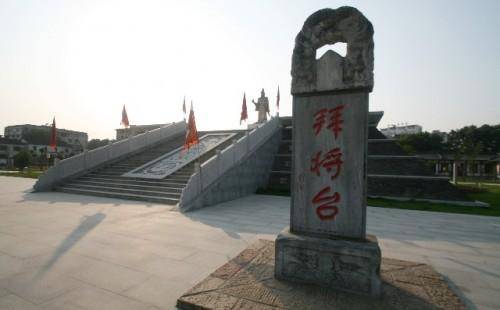Wuhou Shrine
The Wuhou Tomb, which faces the Han River from a distance, was built in the spring of the sixth year of Jingyao. In ancient times, there were numerous Wuhou Shrines, as many as stars in the sky. Currently, there are still 9 relatively large Wuhou Shrines in the country. Compared to them, the Wuhou Shrine in Mian County, Hanzhong, Shaanxi, was built by imperial decree more than 50 years ago and is known as the 'First Wuhou Shrine of China'.
The filming location of 'The Heroic Age', a national AAAA-level scenic spot. Qingmuchuan is a small town in Ningqiang County, Hanzhong City, Shaanxi Province. It is located at the junction of Shaanxi, Gansu, and Sichuan provinces, bordering Qingchuan County in Sichuan Province to the west, and Wudu County and Kang County to the north. It is known as 'One Foot in Three Provinces' and is the westernmost town in Shaanxi, 136 kilometers from the county seat and 197 kilometers from Hanzhong City. The ancient town boasts superior natural environment, good ecological vegetation, and rich historical and cultural resources. The traditional streets, folk customs, and traditional living and production tools of the ancient town all reflect unique local customs and picturesque scenery. The ancient buildings, cliffside ancient temples, ancestral halls, ancient temples, and ancient inscriptions in the ancient town all have a long history and profound culture.
Also known as the Tomb of Zhuge Liang, it is located at the foot of Dingjun Mountain in Mian County, Hanzhong City. It is named after Zhuge Liang, who was conferred the title of Marquis of Wuxiang. After twelve years of meritorious service, Zhuge Liang, the Prime Minister of Shu Han, fought against Wei's Sima Yi in Weinan and died in the army at Wuchiyuan. He was buried at the foot of Dingjun Mountain in Hanzhong. In the 'Commentary on the Water Classic' by the Northern Wei geographer Li Daoyuan, there is a sentence: 'Buried in its mountain, buried according to the terrain.'
Also known as the Hanzhong Museum, it is located in the center of Hanzhong City and was built during the Chu-Han Contention period. It covers an area of about 8000 square meters and consists of three floors with a height of 7 meters. Xiang Yu established his rule in Hanzhong, hence the name 'Han' for the country. He once stationed on the high terrace, which later generations honored as the Ancient Han Terrace.
There are three Baijiang Altars in China: one in Hanzhong City, Shaanxi Province, another in Wuhan, and another in Ganzhou, Jiangxi Province. In Shaanxi, the Baijiang Altar is located outside the south gate of Hanzhong City and is also called Baijiang Altar. The two square high platforms are arranged in a north-south direction, each about ten feet high. It is said that when Liu Bang, the first emperor of the Han Dynasty, appointed Han Xin as the Grand General, he erected the 'Han Xin Baijiang Altar' stele on the south platform and a pavilion on the north platform.













